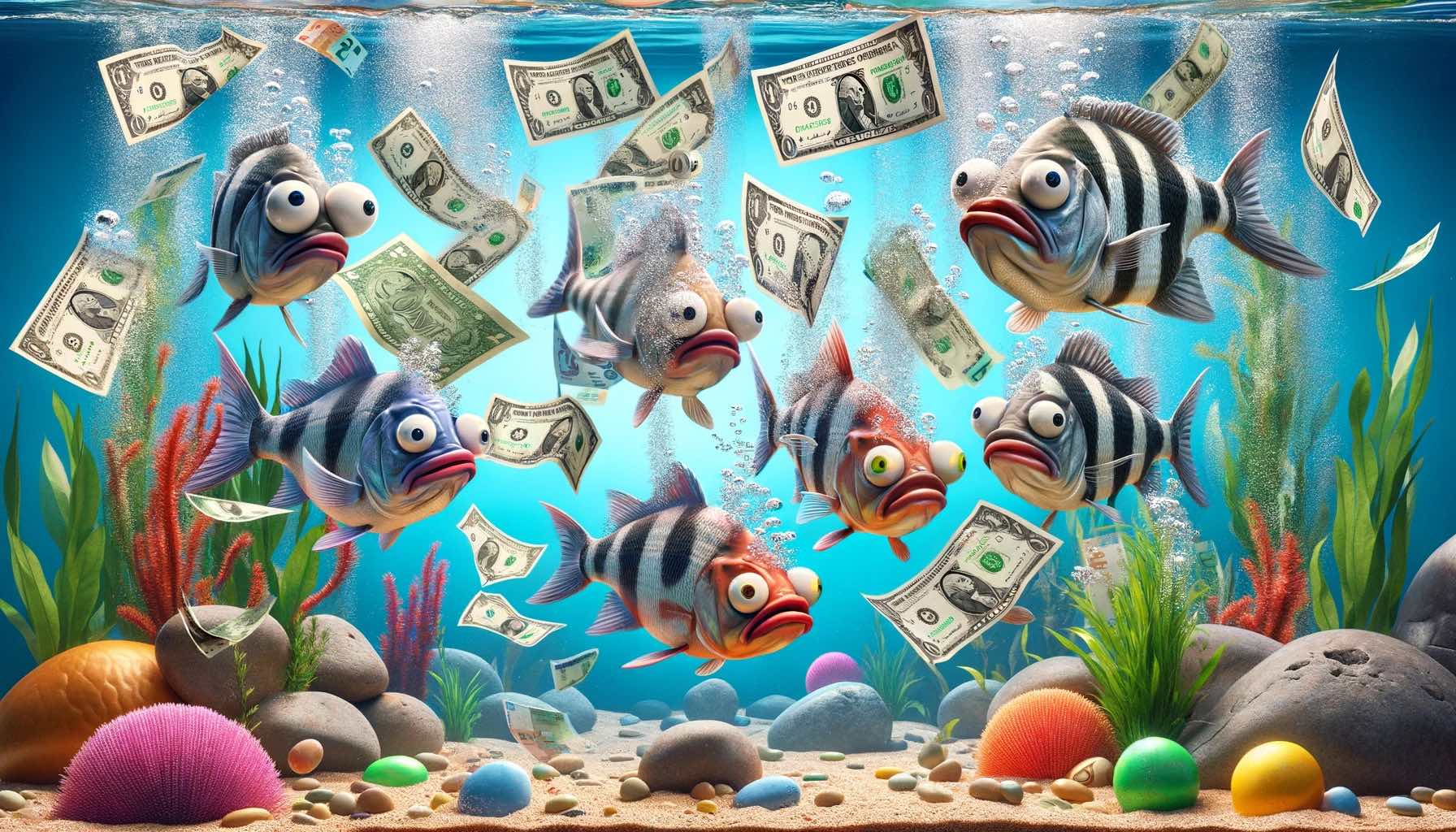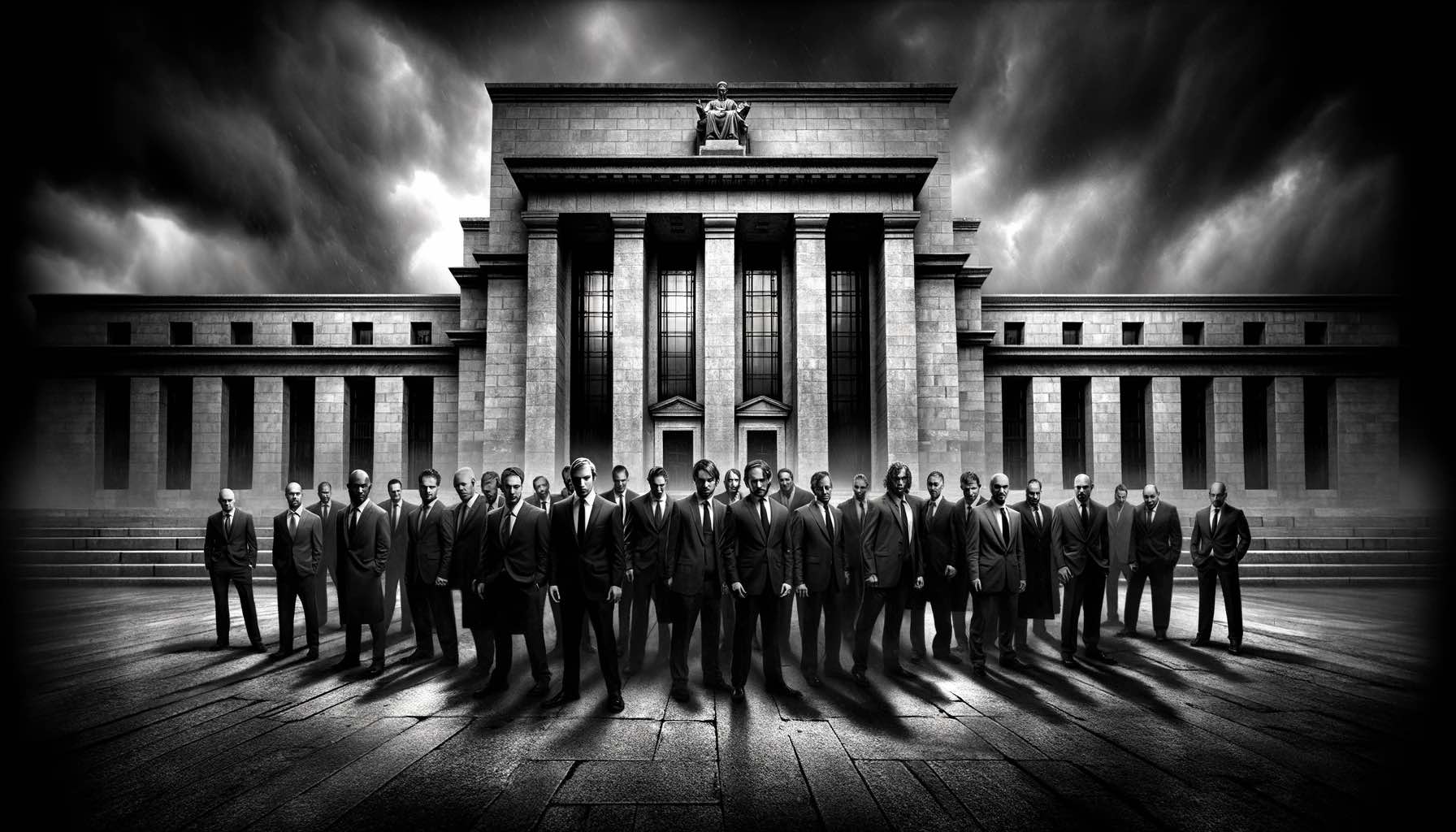
Make money real again!
- Martin Enlund
- 6/19/24
Why is counterfeiting problematic? Most respondents to such a question would likely come up with the following answers: 1) it could undermine trust in the financial system, 2) counterfeit money could fund criminal activities, 3) counterfeit money could cause inflation. Historically, inflation referred to an increase in the money supply, unlike today when economists and lexicographers have re-defined it to mean rising prices). However, these answers may overlook the bigger picture.
The real problem of counterfeiting
Our money holds value because we can exchange it for tangible goods, either presently or in the future. Money thus represents claims on the real world. Successful counterfeiting allows for the creation of new claims without anything necessarily happening in the real world. Counterfeiters can use these fake claims to purchase actual goods (such as guns, ammunition or potatoes) with something essentially worthless. Those who receive such counterfeit money will believe they have gained something real. They will also believe their wealth has increased. However, the money will eventually not stretch as far as they expect, either because the fake bills will be discovered by some forensic expert or because they will not be able to buy as much as anticipated due to future inflation.
What happens to our conclusions if our assumptions are wrong?
In the philosophy of science, the concept of deduction plays a pivotal role. It involves deriving conclusions from premises, ensuring that if the premises are accurate, the conclusion necessarily follows. For example, if all birds have wings, and penguins are birds, then we can infer that penguins have wings.
However, if someone has sold something real - like a sack of potatoes - to a counterfeiter, the seller may assume that their wealth has increased and act accordingly. But that’s not the case! Counterfeiting thus causes individuals to base decisions on false premises. Decisions made under such flawed assumptions are unlikely to lead to prosperity. Instead, they may result in economic stagnation or more severe adverse outcomes.
The Soviet Union had Trofim Lysenko. His theories claimed that traits acquired during an individual’s lifetime could be inherited by offspring, contradicting the (more accurate) Mendelian genetics that emphasized the heritability of traits. Lysenko’s ideas influenced Soviet biology and led to erroneous assumptions and failed experiments, hindering the Soviet Union’s economic progress. During China’s “Great Leap Forward” under Mao Zedong, one intention was to increase agricultural production. However, (incorrectly) advocating for the extermination of sparrows and other pests resulted in severe ecological consequences. False assumptions then led to mass famine and diseases, culminating in one of the deadliest periods in China’s modern history.
Counterfeiting will lead to mistaken assumptions
Money acts as a technology facilitating human coordination and decision-making. Counterfeiting disrupts this by introducing false premises into decisions regarding consumption, investment, and other economic activities. Thus, it’s critical to address counterfeiting not just for its immediate effects but also to consider its broader implications on economic coordination.
However, perhaps we should broaden our analysis even further. The central bank, as well as large corporations and billionaires (“cantillionaires”) who receive favorable terms from commercial banks, will also be able to exchange newly created money for real goods (such as potatoes) in return for something that may not be worth anything. (The extent of the problem depends on how the newly created money is used.)
Karl Marx used the concept of “false consciousness” to describe how social classes can internalize beliefs that do not serve their own interests. While the term was never used by Marx, but by Engels, it may be applicable to our current monetary system. Marx argued that by maintaining such false consciousness, the ruling class could retain their power and control over society.
Most of us now swim happily - like fish in water - amid the fiat currencies effortlessly created by central banks and commercial banks. But doesn’t this mean that we too risk drawing conclusions from erroneous assumptions, reminiscent of Marx’s idea of “false consciousness”? And if so, what does this imply for our countries’ economic prospects?
The end of the Bretton Woods system accelerated legal counterfeiting
Many, including Peter Thiel in “Zero to One”, have pondered what actually transpired around the beginning of the 1970s. Asset prices began to soar, real wage growth stagnated, technological progress slowed down (at least compared to the hopes of that time). Simultaneously, a towering income and wealth inequality started to emerge.
Coincidentally, it was also around that time when the United States unilaterally and “temporarily” stopped tying the dollar to something real (i.e., gold). The end of the Bretton Woods system allowed this legal counterfeiting to take off in earnest, arguably leading to a plethora of decisions based on invisible yet sometimes faulty premises. Without these mistaken assumptions, perhaps we could have witnessed an economic renaissance of unprecedented magnitude…
“We have been naive,” is a common sentiment express in Sweden’s public discourse when something has gone awfully wrong. Could this also apply to our money? Perhaps we should consider making money “real” again?
If you wish to subscribe, sign up here!
Cover image created with Dall-E

